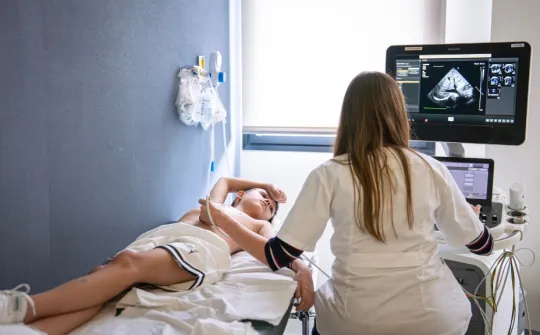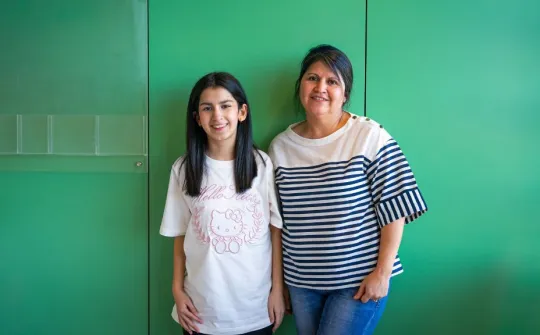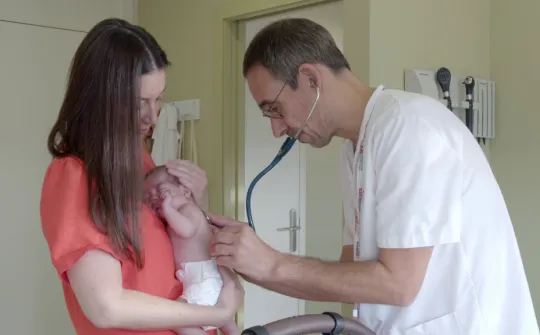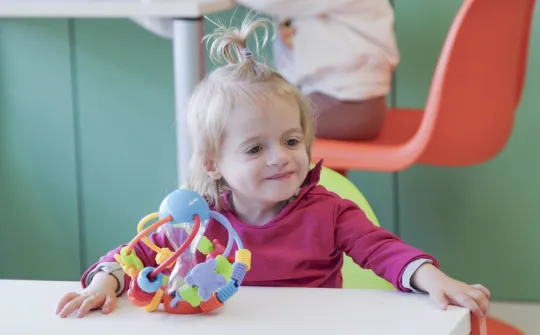"There is still no ideal treatment for children with haemophilia but we are very hopeful about the new therapies"
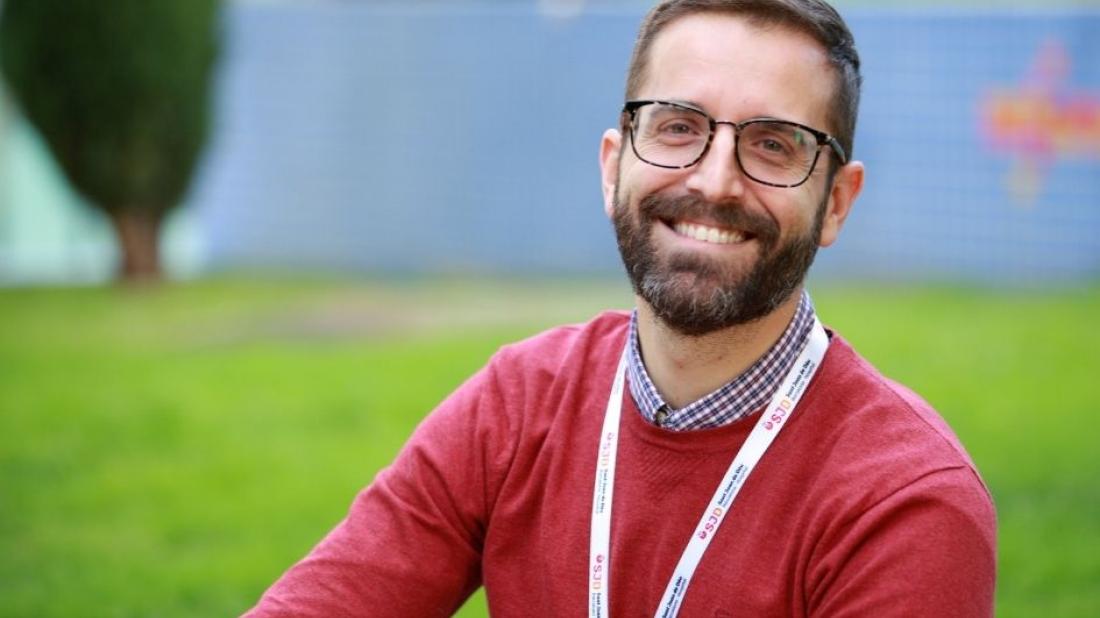
Rubén Berrueco, pediatric haematologist and head of the Haematology Department at the Hospital explains what haemophilia is and its current treatment options
In 2019, the Haemophilia Unit was created at the Sant Joan de Déu Barcelona Hospital with the aim of offering comprehensive care to boys and girls with congenital coagulopathies. It has become the Haematology Department in 2021. Currently, the department professionals care for more than one hundred children affected by these pathologies and there are several clinical trials underway to advance the discovery of new treatments, especially in the case of haemophilia, a serious and disabling disease if the patient does not receive adequate treatment from the first years of life.
Rubén Berrueco, head of the Haematology Department, explains the characteristics of this disease that affects blood clotting, its current treatment and what options are envisioned for the future.
What is haemophilia due to?
It is a genetic disease caused by mutations in the genes responsible for blood clotting. These mutations occur either in the F8 gene, which codes for coagulation factor VIII (haemophilia A), or in the F9 gene, which codes for coagulation factor IX (haemophilia B). To explain it graphically, when the coagulation works correctly it is as if we were pushing the first of a long row of dominoes. They all fall. On the other hand, if it does not work, one of the chips is missing, so that the process is interrupted and the coagulation is not carried out correctly.
It would be important to note that haemophilia is an X-linked congenital disease. What does this mean? Well, in general, while women are carriers of the disease, with few haemorrhagic symptoms, it is in men in whom it occurs most clearly.
And in practice, what does it cause?
Children who suffer from it can present bleeding after a casual trauma (not necessarily very strong), although they can also do so spontaneously, after a simple or everyday act such as jumping. Although they can bleed anywhere in the body, the most frequent haemorrhages occur in the large joints (hemarthrosis) and muscles.
If they do not receive adequate treatment, the joint damage that occurs evolves into what is known as haemophilic arthropathy, an early degeneration of the joints. Those of the knees, elbows and ankles are the most frequent. The situation can be so serious that these patients may need joint replacements at a very young age.
When is it diagnosed?
For severe haemophilia, usually before the first year of life. Sometimes around the time of birth, when the baby has a heel test or a large bruise appears after vitamin K is given. Other children are diagnosed a little later, around 8 or 10 months of age, when they begin to crawl or a little later.
What treatment options do they have?
Currently, the treatment is intravenous, i.e., punctured in the vein. As it lasts a short time in blood, they have to come to the hospital, in some cases several times a week, so that we can administer the factor they lack.
For this reason, in the unit we focus our efforts on empowering parents. We teach them how to administer the treatment at home so they don't have to come as much. Like other units of the Sant Joan de Déu Hospital, we take care to concentrate all visits with different specialists in a single day, we promote telemedicine and we also carry out some visits by videoconference.
With all these measures, we try to reduce visits to the Hospital so that the youngest children do not have to come more than twice a week, the medium ones once a month and the older ones only once every six months.
We do not yet have the ideal treatment for all of these children, but we are very hopeful about the new therapies that are being investigated. We have, for example, intravenous drugs that last more than a week that offer a significant advance. We also have a subcutaneous drug that is administered once a week, every two weeks or, in some cases, even once a month. It is a breakthrough, a paradigm shift, but it is not the ideal drug for all patients.
Where are the new treatments leading us?
Currently, different gene therapy clinical trials are being carried out with the objective of enabling these children's bodies to produce the missing factor by themselves. In Sant Joan de Déu we have several clinical trials related to new treatments underway, some of them long-lasting factors that allow the patient to prick every 7, 10 or even 15 days. In the very near future, we hope to start a clinical trial on gene therapy.
